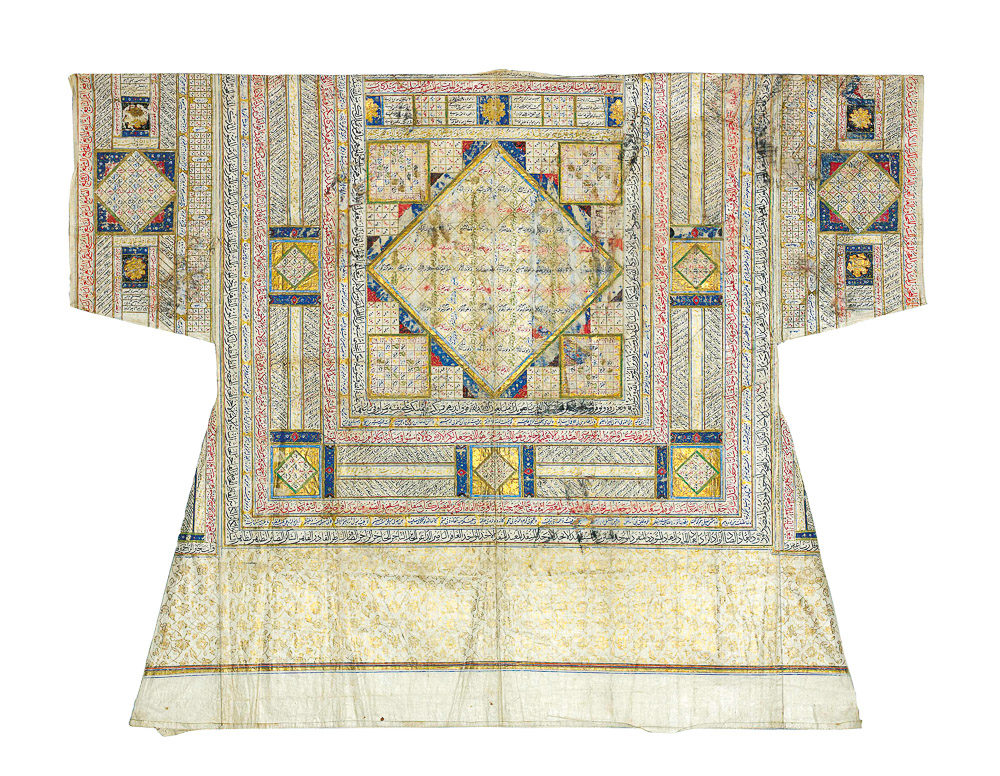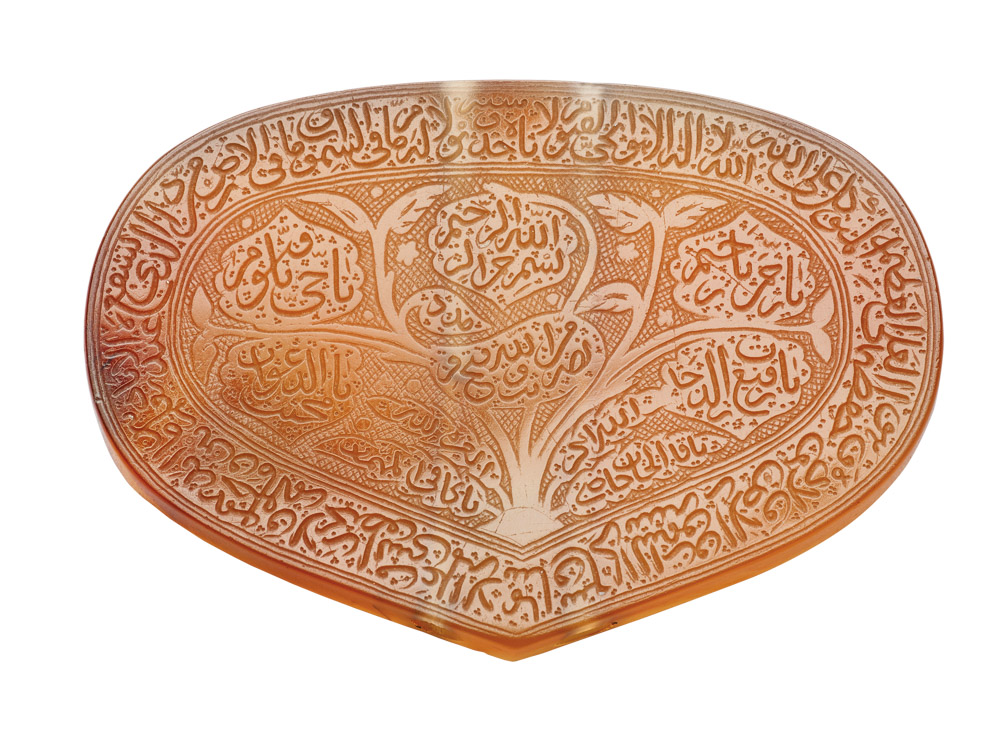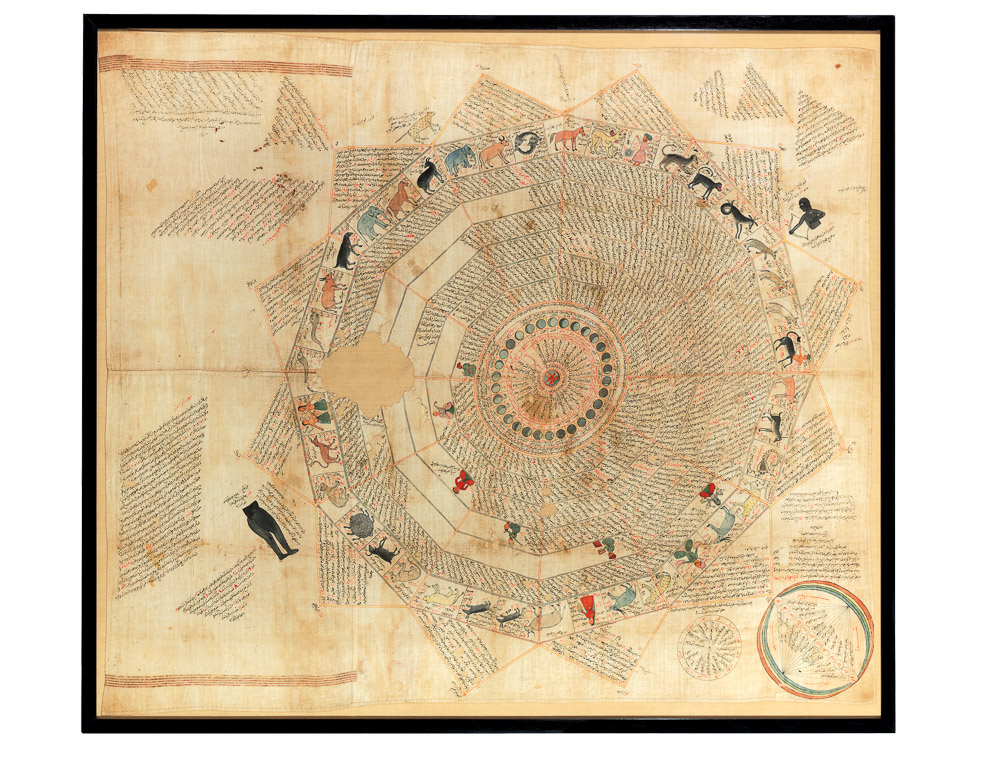Power and Protection: Islamic Art and the Supernatural, Oxford
In HALI 189, the Yousef Jameel Curator of Islamic Art at the Ashmolean Museum in Oxford, Francesca Leoni introduces the landmark exhibition, ‘Power and Protection: Islamic Art and the Supernatural’, showing there from 20 October 2016 until 15 January 2017. An abridged extract follows.

Talismanic shirt, Turkey, dated 991 ah (1583 ad). Coloured inks and gold on cotton. Courtesy Al Thani Collection
‘Islam and divination may sound like irreconcilable concepts. The saying ‘no divination after prophecy’, circulating during Islam’s early days, appears to have consolidated the divide, echoing the typical juxtaposition of religion and ‘folk’ practices found in other traditions. More modern condemnations, particularly strong in conservative Muslim countries, place divinatory techniques outside Islam altogether. Yet Muslim historical sources and material evidence reveal a far more complex scenario and a variety of positions—supportive as much as critical—towards occult arts than these views may lead one to assume.

Inscribed gemstone from a pendant, probably Iran, 17th–19th century. Cornelian, engraved. Bodleian Libraries, University of Oxford, Gift of J. B. Elliott, 1859, on loan to the Ashmolean Museum, LI1008.46
‘Objects as numerous and diverse as textual references confirm the recourse to divinatory and talismanic arts across all levels of society. Elaborate military equipment and paraphernalia reveal the regular appeal of the elites to the realm of the sacred for favour and protection. Serial, block-printed miniature Qur’ans, humble stone amulets, and reproductions of Prophetic relics speak of the devotion of less affluent individuals and of their continued quest for God’s assistance through life’s tribulations. The belief in God as the ultimate Judge and Saviour is what most of these objects have in common, thereby reinforcing the idea that everything is subject to His Will and ultimately confirming their pious nature.

Compendium on Astrology and Geomancy, India, 18th century. Ink and opaque watercolours on cotton. Nasser D. Khalili Collection, London, TXT225. Courtesy the Khalili Family Trust
‘Power and Protection: Islamic Art and the Supernatural’ is the first exhibition at the Ashmolean Museum to consider the significance of divinatory and talismanic practices within Muslim societies from the medieval period to modernity. Gathering some 125 objects from both public and private collections, many of which have not been seen in public before, it opens a window on the faceted nature of belief, looking at Islam from the margins, so to speak, in order to explore its diverse and syncretic nature.’
Read more in HALI 189




























Comments [0] Sign in to comment